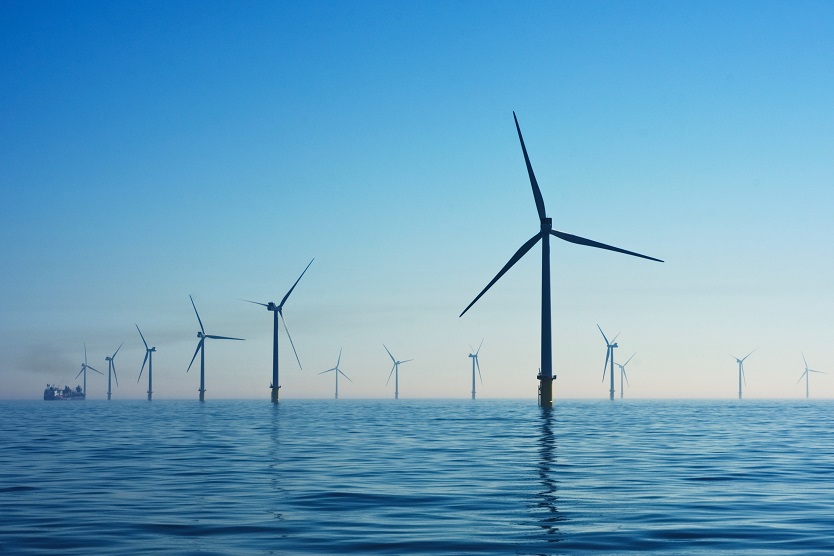
A new joint project called "SmartWeld" will look at how lightweight construction techniques can greatly reduce the tonnage and therefore manufacturing emissions of wind turbines.
© Unsplash
Wind energy may be one of Germany’s most plentiful sources of renewable power, but how sustainable is it if the manufacturing of the turbines themselves releases many tonnes of CO2 into the atmosphere? Currently, the wind giants are made to stand on subaquatic monopiles that are constructed with 2,000 tonnes of welded steel.
But now a joint project called "SmartWeld" from the Federal Institute for Materials research and Testing (BAM), working with the Leibniz University Hannover, the Fraunhofer Institute for Wind Energy Systems IWES and engineering partners, will look at how lightweight construction techniques – essentially composite filigree support structures known as jacket foundations – can greatly reduce the tonnage and therefore manufacturing emissions. Jacket structures have not been adopted by the industry because they require complex manual welding and are difficult to transport to site. But innovative welding processes could change that.
"Automated welding processes that simultaneously achieve optimised geometries of the weld seams could increase the fatigue strength of the foundations and thus reduce the amount of steel required to be processed," explains Andreas Pittner, the project leader at BAM, in a press release; "the potential savings are impressive."
The scientists estimate that around 20 percent of the weight of an average 12-megawatt turbine could be saved where a lightweight structure is used compared to a monopile. For illustration, the CO2 savings for a wind farm with 100 turbines would be over 100,000 tonnes.
"We want to enable the use of lightweight construction techniques through continuous digitalisation of the entire manufacturing and testing chain," explains Pittner. It is hoped that the learnings from SmartWeld can be transferred to other areas of large-format steel construction, such as bridges. The three-year project is funded by the Federal Ministry for Economic Affairs and Energy with EUR 3.17 million.


